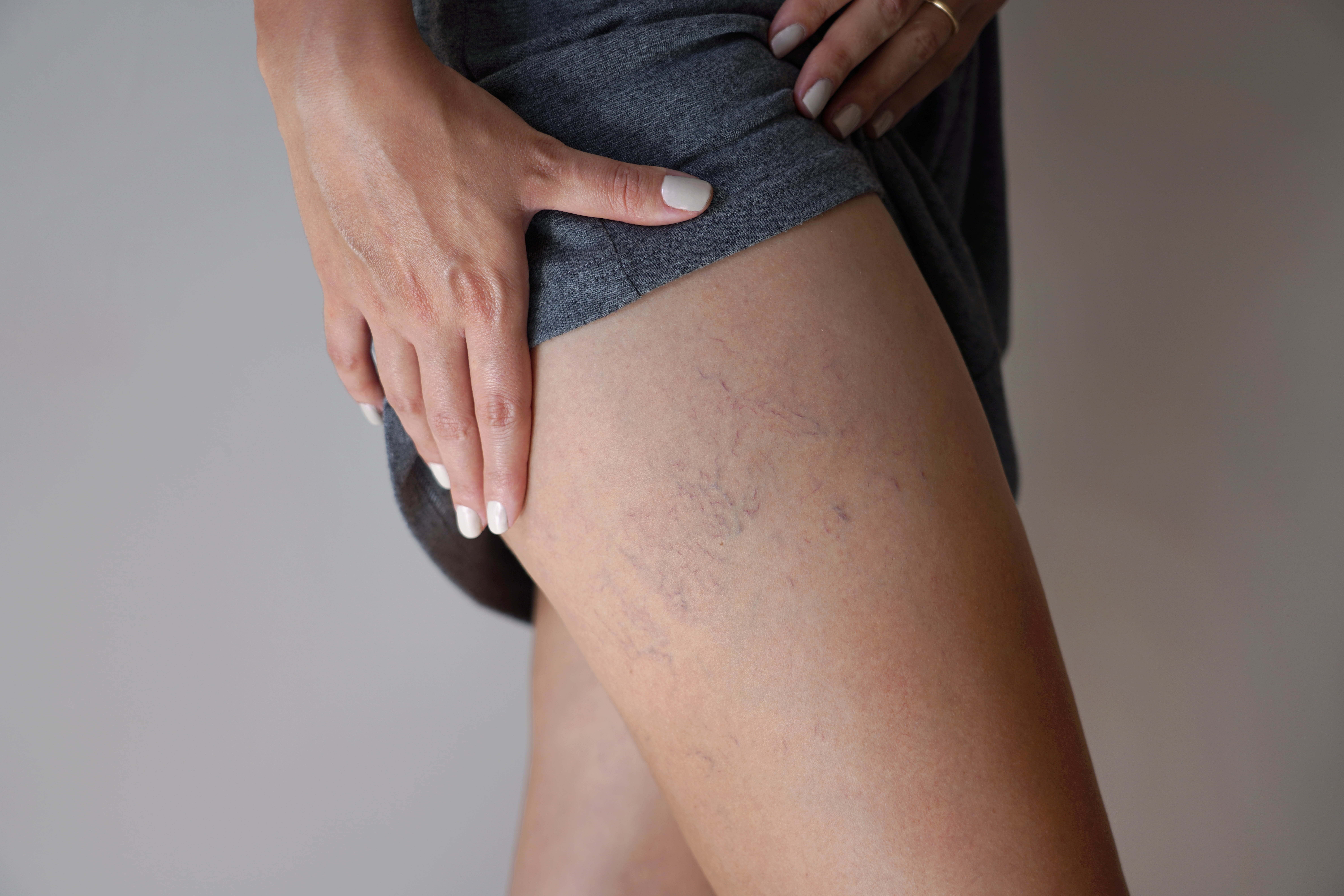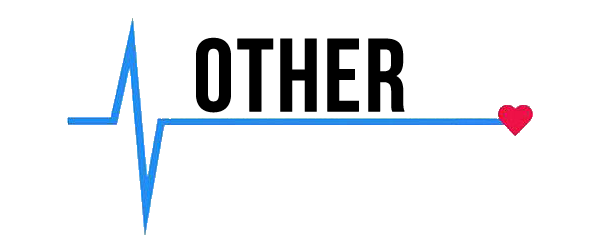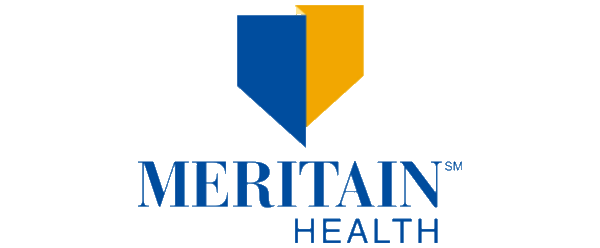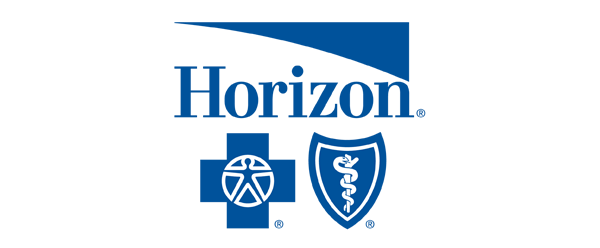Spider veins, also known as telangiectasia, are small, visible veins that spread across the skin in red, blue, or purple patterns. They often appear on the legs, ankles, or face. While they’re usually harmless, they can sometimes cause mild discomfort and leave many people feeling self-conscious.
Fortunately, modern treatments can reduce their appearance and help you feel more comfortable in your skin. This post explains why spider veins develop, what you can do to help prevent them, and which treatment options are available.
You’ll also learn what to expect during and after treatment so you can make informed decisions.
What Are Spider Veins?
Spider veins are small blood vessels that become visible near the skin’s surface. Many people describe them as looking like spider webs or tree branches.
These damaged veins develop when blood pools instead of moving through healthy veins. Weak valves in the veins allow blood to collect, which stretches the vessel walls and makes them more visible.
Spider veins usually cause no pain, but some people notice mild itching or a burning feeling in the treated area. A healthcare provider can diagnose spider veins with a physical exam and recommend treatment options if needed.
If you feel discomfort or see larger spider veins spreading, consider asking about a minimally invasive treatment.
Why Do Spider Veins Develop?
Spider veins form when valves inside your veins weaken and allow blood to flow backward. This backward flow leads to trapped blood in the affected veins, which makes them visible on the surface of the skin.
Over time, these enlarged veins lose their shape and appear as thin, branching lines.
Several factors contribute to poor blood circulation and the development of spider veins. Some are related to your daily habits, while others stem from your medical history or natural changes in your body.
Recognizing these factors can help you take practical steps to improve blood flow and support healthier leg veins.
Common Causes and Risk Factors
- Sitting or standing for long periods: Remaining in one position for hours can reduce blood circulation and leave blood pooled in your calf muscles.
- Family and age-related changes: A family history of varicose veins or spider veins increases your risk. As you age, veins may weaken naturally.
- Pregnancy and hormone fluctuations: Hormonal shifts and added pressure during pregnancy can lead to new spider veins and even small varicose veins.
- Injuries or sun exposure: Damaged veins and small blood vessels near the skin’s surface often appear after trauma or long-term sun damage.
- Other vein conditions: Conditions such as deep vein thrombosis or superficial vein thrombosis may cause enlarged veins and increase the risk of developing spider veins.
If any of these factors apply to you, a healthcare provider may recommend self-care strategies or minimally invasive treatment sessions. These can improve blood flow and help prevent new spider veins from forming.
Treatment Options for Spider Veins
If you are bothered by how spider veins look or feel, several options can help improve your skin’s appearance. These treatments use simple techniques to close the affected vein so it can gradually fade over time.
Most patients return to normal activities the same day and begin to feel more at ease soon after.
Compression Stockings
Wearing compression stockings helps improve blood circulation in your legs by moving trapped blood toward healthier veins. This also reduces swelling and lowers the chance of developing new small spider veins.
Many people include compression stockings in their daily routine to support their vein health.
Sclerotherapy
Sclerotherapy is one of the most common ways to treat spider veins and small varicose veins. During this procedure, your provider injects a chemical solution into the treated vein using a fine needle. The solution irritates the vein walls, causing them to close and slowly fade over several weeks.
Larger injected veins or widespread areas may require more than one treatment session for the best result.
Laser Treatment
Laser treatment works well for smaller veins that are hard to treat with injections. A focused beam of laser light targets the affected vein without any incisions. The treated leg may develop darker areas at first, but these fade as the vein disappears.
Larger veins sometimes need additional laser therapy sessions to achieve full results.
Endovenous Laser Therapy (EVLT)
Endovenous Laser Therapy, or EVLT, treats larger veins, including short saphenous veins, by delivering heat directly inside the vein. A thin fiber is inserted into the vein and activated to close it from the inside while leaving nearby tissue unharmed.
The treated vein fades over the following months, and normal activities can usually be resumed the next day.
These treatments can help address both discomfort and cosmetic concerns.
What Happens at a Spider Vein Consultation?
Meeting with a healthcare provider early can help you feel more comfortable about what to expect from treatment. They will examine the affected veins and explain which options can improve your skin’s appearance and relieve discomfort.
Some people seek care for cosmetic reasons, while others notice aching or itching in the treated leg. Either way, an early consultation can help prevent the veins from worsening or spreading to larger blood vessels.
During your visit, your provider will likely review your medical history and look for signs of deeper conditions. These can include risks like a blood clot or even rare complications such as a pulmonary embolism. Identifying these early helps you move forward with a safer and more successful treatment.
- Early evaluation can address both cosmetic reasons and physical discomfort before the veins worsen.
- Your provider can spot potential risks like a blood clot or pulmonary embolism during the exam.
- Reviewing your medical history ensures any allergies or reactions to treatment are avoided.
- Starting treatment early can help prevent brown lines or discoloration that appear when veins stay untreated for too long.
Book a Consultation With Wellness and Pain to Treat Spider Veins
Spider veins can leave legs feeling heavy, restless, or uncomfortable, and they can also affect confidence in how skin looks.
Wellness and Pain offers safe, minimally invasive spider veins treatment that improves comfort and restores a smoother appearance. Many treatments are performed in-office using ultrasound guidance and are often covered by insurance.
A consultation at Wellness and Pain is the best way to learn which option suits your needs. Vein care can also help relieve aching, swelling, and cramping while improving circulation in the legs.
Appointments are available now for those ready to feel better, move more easily, and regain confidence.
Book a consultation with Wellness and Pain today! Additional services such as joint pain relief, medical massage, acupuncture, and wellness programs are also available to support your overall health.
FAQs About Spider Vein Treatment
What is the best treatment for spider veins?
Sclerotherapy is often the most effective option for small spider veins. During the procedure, a healthcare provider injects a chemical solution into the treated vein, which closes it and helps it gradually fade.
Larger veins may respond better to laser therapy, and some patients need more than one treatment session for complete results.
Why am I suddenly getting lots of spider veins?
New spider veins can develop when blood flow slows down, especially if you stand or sit for long periods. Hormonal changes and a family history of varicose veins or other damaged veins can also increase your risk.
Can you get rid of spider veins naturally?
Home care, such as wearing compression stockings and elevating your legs, can help improve blood circulation. However, these steps can’t remove existing spider veins. You usually need a minimally invasive procedure to treat spider veins and improve your skin’s appearance.
What is the downside of sclerotherapy?
Sclerotherapy is a safe and successful treatment for most patients, but it does carry some mild risks. Some people notice temporary bruising, brown lines, or allergic reactions at the treated area. If you take iron supplements, your provider may discuss how they can affect healing and whether adjustments are needed before treatment.











